Tanzania: Part of Me Remains
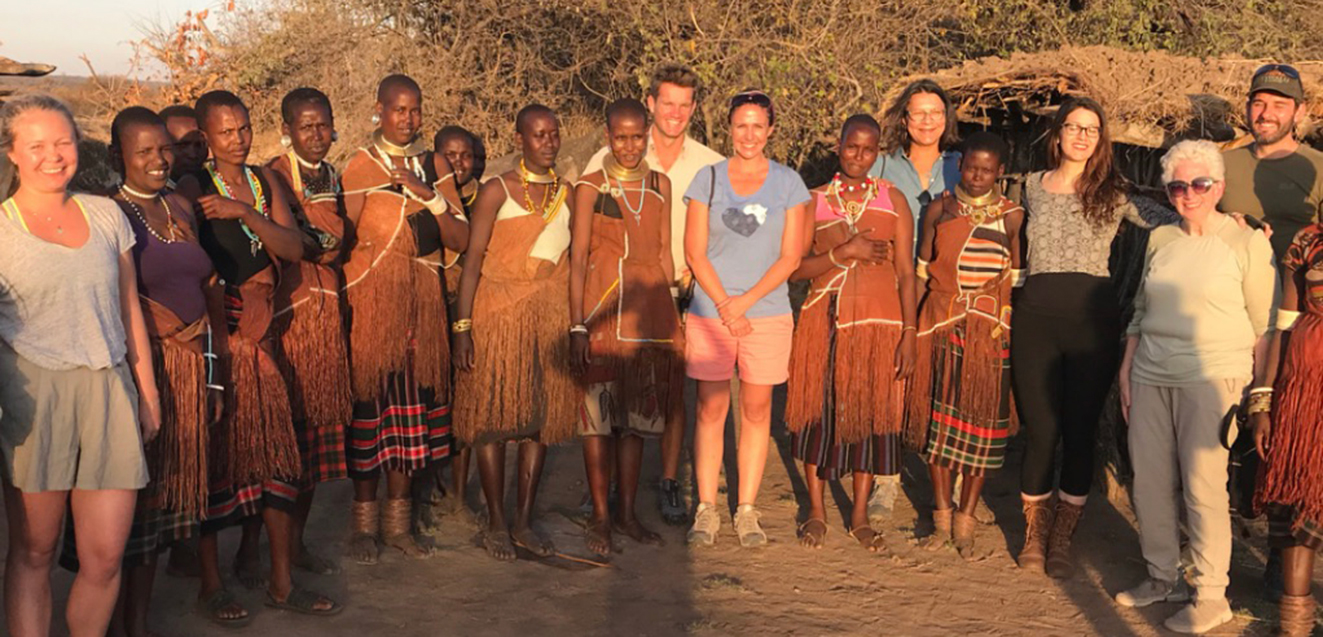
Experiencing African Safari in Tanzania
A Swahili word, Arabic in origin, safari means essentially “to make a journey.” In this case, the journey made me. I could feel myself slowly crack open. Through the opening, the “land” snuck in and a previously undiscovered part of myself escaped, to be bowled over.
Before this journey began, I wondered: What would a safari feel like, what would its rhythm be?
Here’s what I found:
There is a letting in of light with the dawn, coaxing in a day that seems to shimmer—in your open-air vehicle as you drive, the wind in your face, past flickering fever tree leaves and clusters of the curious whistling thorn acacia.You find you want to inhale as much of it as you can, not miss a thing, from the tiniest to the largest being. Bigger isn’t better.
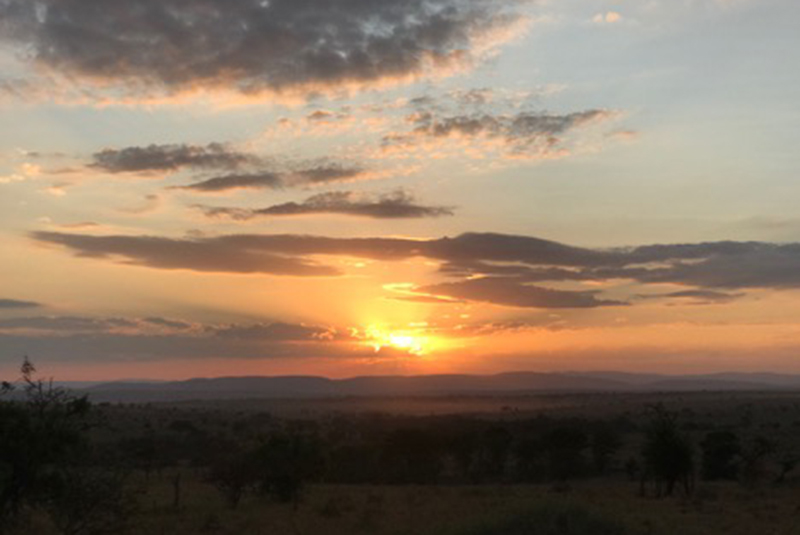
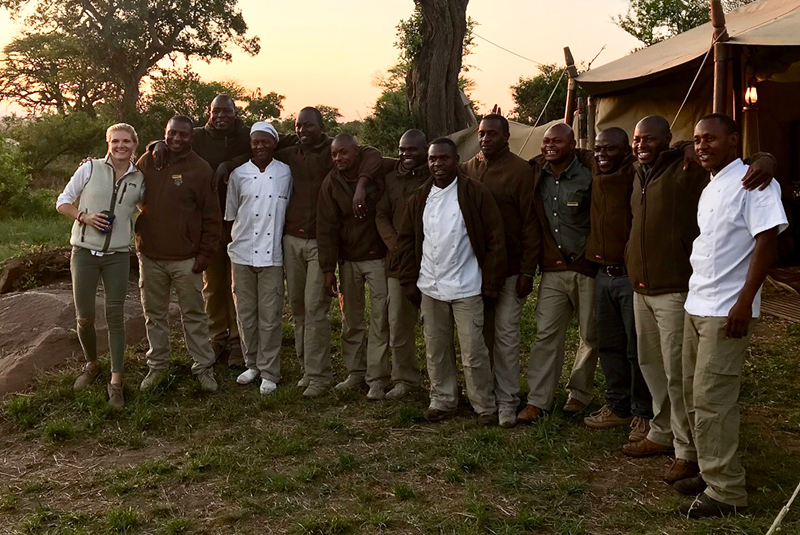
So many people take care of you: your guide, your tracker, the gentleman who offers you tea or coffee, who refills your wine, who brings you hot water in the morning, or hot chocolate, who walks with you at night back to your tent, who makes sure you have a fly whisk and water in the car and finds your hat for you for the fifth time. You are so tended to, with such kindness and generosity of spirit, that you feel immensely grateful and appreciative. And when your journey nears its end, you don’t want to say goodbye.

The Bush
Each day you learn something new on a Serengeti safari. You try to tell one gazelle from another, and you often fail miserably—but you don’t mind.You begin to tell the female giraffe from the male (it’s the horns, some are furry and some are not—the furry ones are the females). You are told how the head shape of the female elephant differs from the head shape of the male elephant. You often get it wrong, but it doesn’t matter. Because there you are, in the midst of this wild and teeming display of life, gazing as though star struck at the creatures before you, who grace you with their appearance.
You realize that a collective “we” is guarding these animals, nurturing them, trying to keep them with us, trying to keep their lives as they have always been, while trying to guard and nurture the human lives that are inextricably linked with theirs. You realize just how enormous this task is, with no easy solution.

My New Tribe
Atop a massive kopje (rock outcropping), you sit with your new friends, your herd, your convocation (of leopards), your dazzle (of zebras), your tower (of giraffes—when they are unmoving, they are a tower; when they start to move, they become a journey). You watch the light disperse, looking out over an ancient landscape to the purple line of the horizon, and think back over your day. You can hardly believe you are where you are.
Later, after dinner, after time by the fire, long chats into the night, and more laughter than you can remember in a long time, you lie in the comfort of your bed within the canvas walls of your tent and listen to the sounds: the call and response of the animals, the bawling and trilling, the throaty warnings.
Respect & Reverence
We come upon a leopard with her impala kill. She is angry and frightened, or maybe mostly annoyed.We are a potential threat to her dinner, but she is also alarmed by a bush fire that is creeping toward her and her dinner. She growls and springs at us three times, her forelegs stiffly in front of her, teeth bared. We are in her territory, uninvited guests. We leave her in peace. That evening we return and she is still there, manifesting in the night, her eyes aglow, dragging her kill into the thicket, seeking the ideal tree into which to hoist her prize. Every move she makes is determined and focused. In some way or another, every encounter takes our breath away.
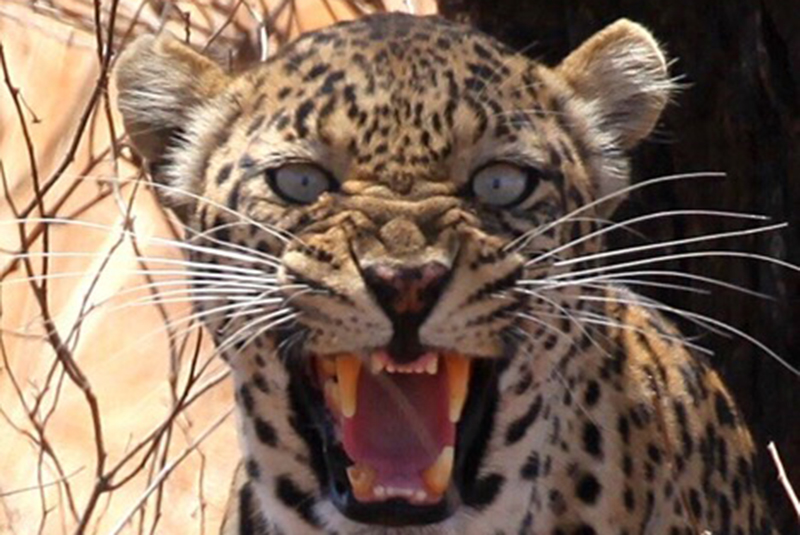
Disclaimer: I did not take this amazing photo. A much better photographer with a MUCH larger lens did.

Here is a photo of the group that became my family. I discovered that traveling with like-minded people, passionately willing to engage in an adventure, can be profoundly powerful and inspiring. We surged with energy, spending most of our days and even our evenings out and about exploring. I also discovered that your schedule is up to you: If you like a break in the late morning and/or in the afternoon, your tent is cozy, the common area is comfortable, and there is always someone to graciously bring you tea or a G & T. It doesn’t get better than that.
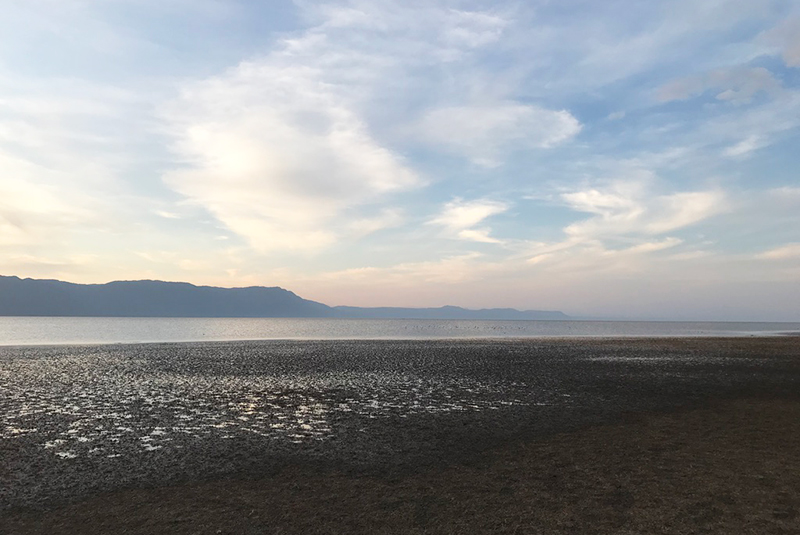
The People: More Respect & Reverence
Lest you think that the experience is only about the animals and the landscape, it isn’t. Yes, those are primary in many ways, but the powerful presence of the people who live here is tangible. From encounters with your guides to the camp staff to the local tribes, you learn about the people who live in Tanzania. We have a chance to spend time with four different tribes: the Sukuma, the Maasai, the Datooga, and the Hadzabe. The intricate, interconnected layer upon layer of peoples in sub-Saharan Africa is far beyond my knowledge or ability to explain, so I won’t, but I will try to paint a picture of our morning with the Hadzabe.

Again, I’m enchanted by the early morning light, the weight and coolness of the air, feeling the earth, hearing the rustle of the grass, as we follow a group of the Hadzabe, men and women of varied ages, who generously offer us a glimpse into how they live and what defines their day. The Hadzabe are one of the last hunter-gatherer tribes and they notice things we would not. In quick succession they find two kinds of honey. The first is stingless bee honey, the combs hidden in a small, unassuming tree. They use an axe to access the combs and it does taste delicious, completely different from store-bought honey. Then they find an African beehive, and we learn that it is necessary to smoke the bees out first. They offer us this honey and again it has a distinctive flavor. Almost as “easy” as finding the honey is the way the Hadzabe conjure a fire out of a few bits of dried grass and the friction of a lone stick spun between their palms. Before we can blink, a guinea fowl—hunted with a bow and arrow—is roasting. My new favorite breakfast: wild honey and guinea fowl.
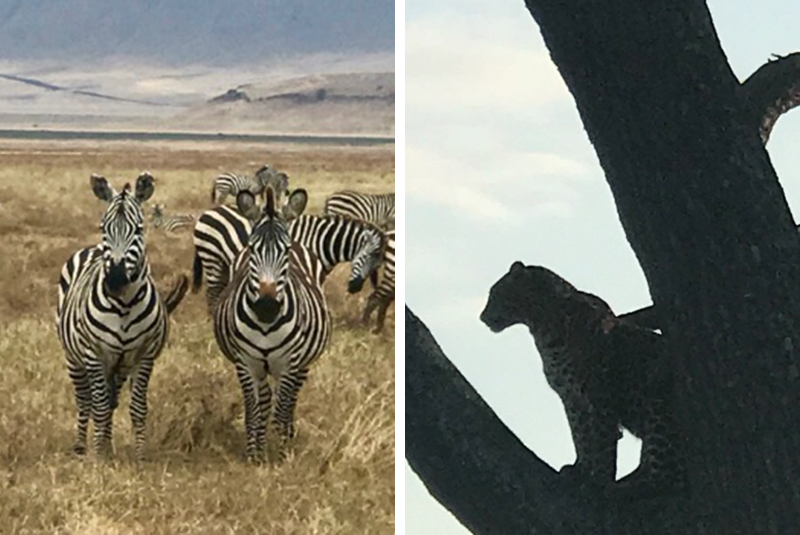
Conservation
Last but by no means least, there is the topic of conservation. As there has always been where humans, animals, and land are involved, a complex symbiotic relationship evolves, and so it does between the camp, the community, and conservation—each relying on the other for “success,” which is defined in a multitude of ways. From vocational training to clinics to schools; from anti-poaching, controlled burns, collaring or tagging animals to track in order to protect; from solar panels to water purification to recycling—so much is being done to preserve and to improve the quality of life for all. These efforts have varying degrees of success, of course. But what is certain is that there are many forward-thinking, dedicated people all over the continent, all over the world, determining how best to guard the animals, the people, the way of life. Ways of life are never static. Animals do not stay in one place, and people have always roamed—all we can be sure of is our interconnection. The picture is both more bleak and more hopeful than we know. By the end of our journey, we are bound by one resolve: Let us choose the hopeful road.
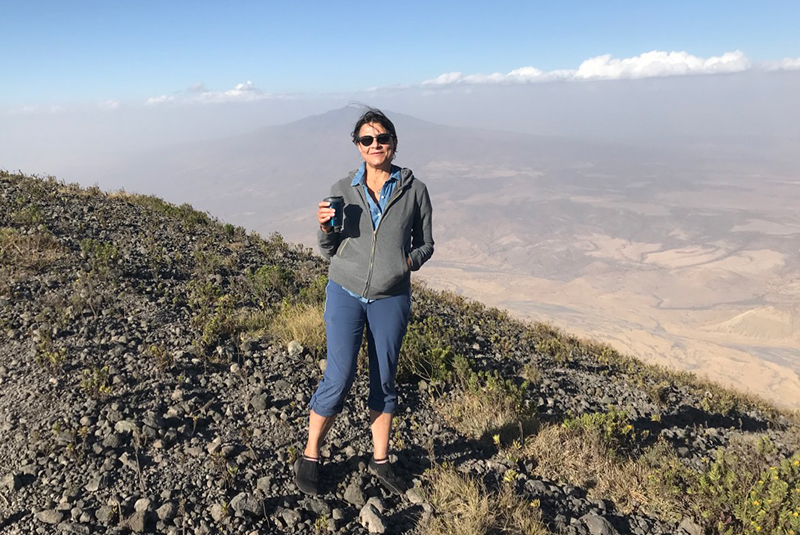
Addendum: The Three Books I Read Before I Left
When I knew I was headed to sub-Saharan Africa, I wanted to read, and then I wanted to read a little more. I often say I’m going to read up about a destination before I go, but I rarely do it. This time, I felt mysteriously compelled. I started with Don’t Let’s Go to the Dogs Tonight, by Alexandra Fuller. This book has been lurking on my bookshelves for years. Naturally, I couldn’t find it, so I bought another copy and dunked myself in the Kenya of the ‘70s. It was a sort of coming of age story, of place, of land, of cultures mingling and clashing and language at odds with itself. It amazed me.
Then there was The Tree Where Man Was Born, by Peter Matthiessen. I was conscious of wanting to read diverse perspectives, from authors of various backgrounds, so I was a bit nervous that Matthiessen might have an overly colonialist bent, but I found his book gorgeous, sensitive, and illuminating.
To act as a counterbalance, I seized on One Day I Will Write About This Place: A Memoir, which takes you by the scruff of the neck and immerses you in so much you need to know, want to know, and leaves you with many questions. As it should. By Binyavanga Wainaina.
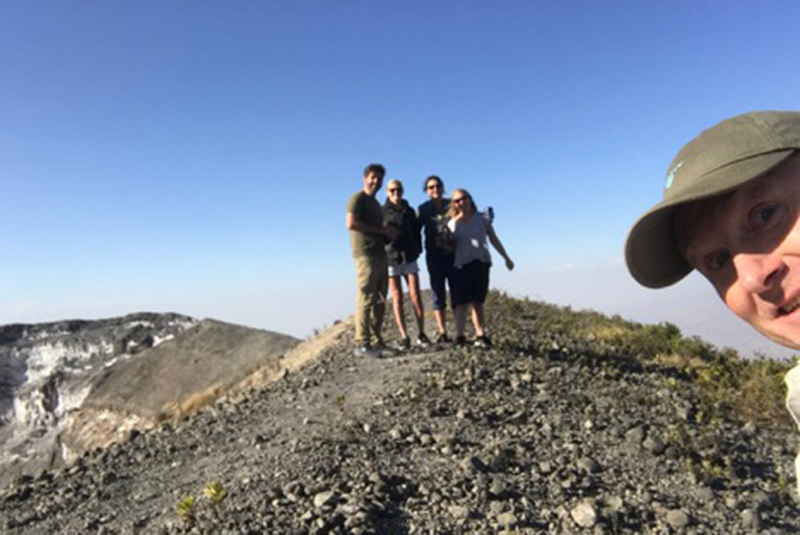
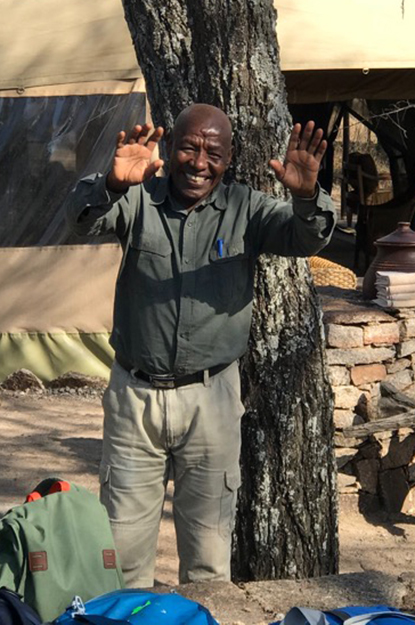
# # # # #
To explore the options for your own Tanzania luxury safari with GeoEx, give one of our trip designers a call at 888-570-7108.

